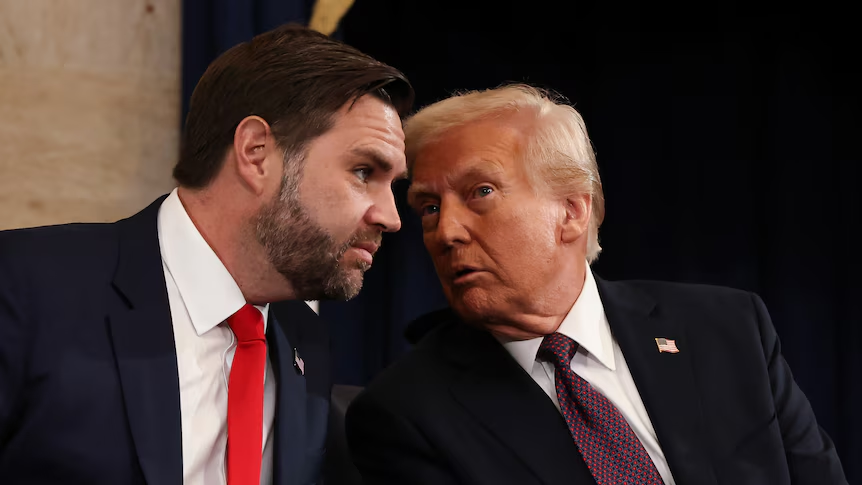
The Federal Reserve’s decision to cut interest rates by a seemingly modest 25 basis points (0.25%) often flies under the radar for many people. After all, how significant could a quarter-percent change really be? The truth is, these small adjustments pack a massive punch, rippling through the U.S. economy and even influencing the global financial landscape.
On December 18, 2024, the Fed reduced its benchmark rate to a range of 4.25%–4.50%. While this was anticipated by many, the market’s reaction was far from subdued. The move wasn’t just about today—it hinted at what lies ahead, and the implications are anything but minor.
The Domino Effect on Markets
Following the announcement, Wall Street went on a rollercoaster ride. The Dow Jones Industrial Average nosedived over 1,100 points, marking a record tenth consecutive drop. Meanwhile, bond yields surged, the dollar strengthened, and the S&P 500 slid 1.5%. These reactions underscore how even a slight shift in interest rates can upend market sentiment.

Why the dramatic response? Because this rate cut comes with a signal: the Fed plans to slow its pace of easing in 2025. For investors banking on faster rate reductions to combat economic sluggishness, this was a wake-up call.
How Does a 0.25% Cut Impact You?
It’s easy to overlook the significance of a small rate cut, but the ripple effects touch nearly everyone.
Lower Borrowing Costs
For the average American, this means slightly cheaper loans. If you have a mortgage, car loan, or carry credit card debt, the interest you pay could decrease. Over time, this could save households thousands of dollars. Homebuyers in particular stand to benefit, as mortgage rates tend to track Fed policy closely.
Business Boost
For businesses, borrowing becomes more affordable. Companies are more likely to invest in expansion, hire workers, and innovate when financing is cheaper. This could mean job creation and, potentially, wage growth.
The Balancing Act: Inflation vs. Growth
The Fed’s rate cut is not just about making loans cheaper—it’s a tightrope walk between stimulating growth and keeping inflation in check.

In November 2024, inflation stood at 2.7%, above the Fed’s target of 2%. By cutting rates, the Fed aims to stimulate economic activity, but it risks fanning the flames of rising prices. It’s a delicate balance that could determine the economic trajectory for years to come.
Why It’s a Big Deal Globally
The Fed’s moves aren’t just America’s concern; they echo worldwide.
Emerging Markets in Turmoil
When U.S. interest rates drop, capital flows into emerging markets seeking better returns. But this is a double-edged sword: it can lead to currency instability in developing economies, making imports more expensive and sparking inflation abroad.
A Stronger Dollar
The dollar’s recent strength makes U.S. exports pricier, potentially widening trade deficits. For global trade, this means a reshuffling of winners and losers as currency dynamics shift.
What’s Next?
The Fed has hinted at only two more rate cuts in 2025, down from earlier projections. This signals a cautious approach, reflecting concerns about inflation and a still-strong labor market. Fed Chair Jerome Powell emphasized that while progress has been made in taming inflation, more work lies ahead.
Meanwhile, investors are recalibrating their expectations. This interplay of fiscal policies (like potential tariffs from President-elect Donald Trump) and monetary decisions will shape the next chapter of the economy.
Small Cuts, Big Impacts
A 25 basis point cut may seem small, but its effects are anything but. It’s a lever that influences the cost of living, business investment, and even global trade dynamics. The Fed’s latest move underscores the intricate balancing act of fostering growth without igniting inflation—a challenge that resonates not just in the U.S., but around the world.
So, the next time you hear about a “small” interest rate change, remember: in economics, small shifts can unleash monumental waves.












